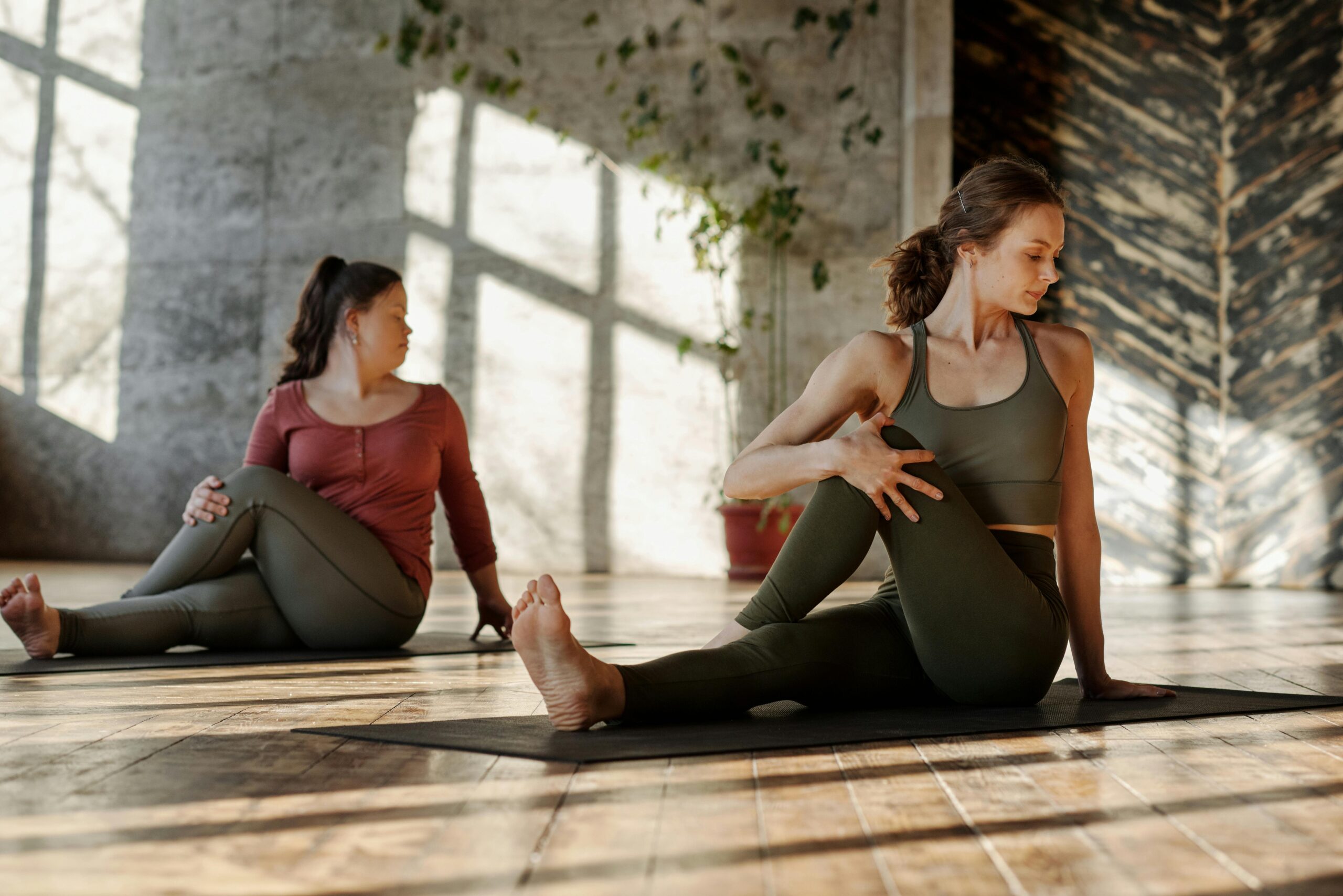
As 2023 comes to a close in a little over a month, many of us are already preparing for 2024, making a list of resolutions and ways we want to better our lives in the new year. Weight loss and fitness seem to be popular trends globally, when it comes to making personal resolutions, and with the movements that seeks to dismantle harmful norms around body image and weight loss, its great to see a more positive focus on fitness and conversations around exercise and nutrition.
With their third annual report on fitness trends, British fitness brand PureGym have taken an extensive deep dive into the UK’s exercise regimes, attitudes towards fitness, and even how healthy people are currently feeling. While the data was focused mostly on the UK, these are certainly universal trends we can take note of and potentially implement into our new year’s fitness goals.
By analyzing the current number of monthly Google searches for over 175 different fitness trends versus the same period one year ago, PureGym has detailed which are seeing the biggest spikes in interest as we head into 2024.
Here are some of the Key Findings:
- 66% of people in the UK say they don’t look after their health as much as they should
- 23% of the UK population currently do not consider themselves to be healthy from any point of view (physically, mentally, emotionally or socially)
- 29% of 35–44-year-olds don’t feel healthy from any point of view (up 5% since 2022)
- Women are more likely to consider themselves as being unhealthy (26%) vs men (21%)
- Around one in ten people aged 16-24 think that having a six pack or a thigh gap is a good benchmark for health
- A quarter of the population (26%) increase the frequency that they exercise in the lead up to a holiday
- Almost a third of people (30%) are most likely to reduce, or stop their exercise in the lead up to Christmas
Last year, their research showed that living through a pandemic impacted attitudes towards people’s health, with 79% of the population considering their health more of a priority than it had been pre-pandemic.
“This is the third year that we’ve taken a deep dive into fitness trends, and it continues to be interesting to see which trends are short lived fads, in comparison to those that stand the test of time. Our Fitness Report highlighted that for 1 in 5 people who don’t exercise, it’s because they dislike exercise. Trends, even short-lived ones, can help people find something they love. Trying something new and having fun can keep us all motivated and help build that all-important long-term exercise habit,” said Stephen Rowe, Chief Marketing Officer at PureGym.
Coinciding further with last year’s report, PureGym’s 2023/24 findings again cement the fact that there are multiple internal and external barriers when it comes us all feeling healthy or being able to look after our own health more. With a cost-of-living crisis still gripping the nation, the financial side of going to the gym was revealed as the primary reason behind 54% of people not purchasing gym memberships. Modern working life also has a clear impact; two in five people (41%) say they are simply too tired after work to exercise, while a third (34%) say their job doesn’t leave them enough time to exercise.

It is interesting, and perhaps not altogether surprising to see the difference between how women and men approach and think about fitness. Women are far more likely to exercise to lose weight than men, with almost half of all women (46%) saying this compared to just a third of men (32%). They’re also more likely to use exercise to support their mental health (41% vs 32%).
Overall, women seem to prioritize goals relating to improving their overall health (54% of women vs. 42% of men), their appearance (43% of women vs. 29% of men) and confidence (36% of women vs. 28% of men) far more than men, who in turn prioritize building muscle (22% of men vs. 19% of women), improving their self-defense (12% of men vs. 10% of women) and getting better at a sport (11% of men vs. 8% of women).
There are also a plethora of positives to come out of this new research. For example, anyone that does take part in physical exercise is doing so regularly, with 87% exercising at least once per week. The benefits are clear to see too, with a highlight being that more than 1 in 3 (36%) people that exercise, state that they have seen an improvement in their mental health, mood, anxiety and stress levels, as well as less feelings of depression.

Improvements in mental health are also among the top benefits stated, with improved mood (31%), less stress (29%), less feelings of depression (23%) and less anxiety (21%) are all included in the top 10 benefits that people most commonly experience when exercising regularly.
Danny Gray from JAAQ, a new mental health platform, said, “Even if you’re starting to think about exercise, you’re on the right journey. Mental health is a journey, and it might be a short or a long one, or even a quick or a slow one. As long as you’re on the journey that’s all that matters.”

In their analysis, PureGym were able to make a list of the ten biggest trends going into 2024, where Wall Pilates takes the lead. Wall Pilates is a favorite with both beginners and veterans of the exercise, with the addition of a wall adding both stability and resistance to each movement. Other trending exercises include the back-to-nature ‘Tarzan movement’ and efficient fitness regimes, such as the quickfire method of ‘exercise snacking’ and the more widely known High-Intensity Interval Training (HIIT) seeing an 83% increase in interest for 2024.
The study also revealed the trends on their way out, with weighted hula hooping which found fame on TikTok, dropping in interest alongside the likes of quirky trends such as eye yoga and forehead workouts.
If one thing throughout the report is apparent, it’s that good health is becoming ever more important and that many have health-based goals in mind. Taking a look at the trends that are becoming more popular, there are numerous ways to incorporate accessible exercise into your daily life to make it a habit you can sustain.
Take a look at the full report from PureGym, which includes some great insights into nutrition, how our jobs can impact our ability and motivation to prioritize exercise, and how the pandemic has shifted how we approach fitness, HERE.

















